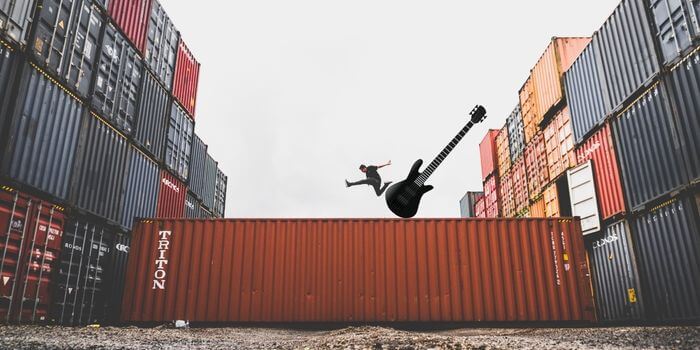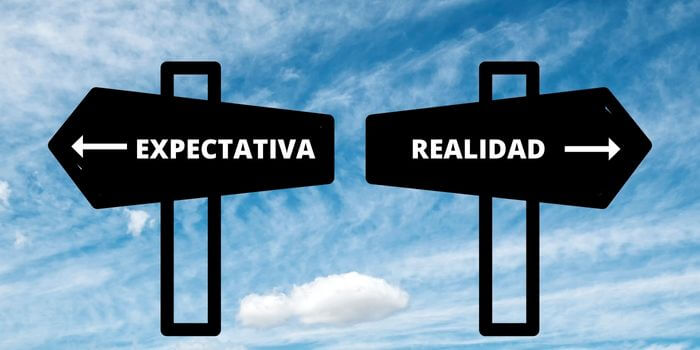The appearance of covid during the first quarter of 2020 has drastically changed the way in which companies internationalize.
Until then, the most common way of attracting international customers was to exhibit at international trade fairs or to make business prospecting trips. In both cases, it is possible to establish personal contact with a large number of companies during the course of a week. Thanks to this personal contact, trust is transmitted while samples, prototypes or designs of the products to be sold can be shown in person.
Since covid currently prevents commercial trips to a large number of countries, it is necessary to find new ways of locating international customers. Among these new ways we can highlight virtual fairs and marketplaces or B2B (Business to Business) platforms.
Virtual trade fairs
Some traditional fairs have created a virtual or digital edition where companies can have access to a virtual stand and receive “visits” from international buyers, as is the case of the prestigious MICAM footwear fair, has made for the first time the exhibition in digital version this year 2021 from March 8 to May 8.
The fair has made a partnership with nuorder.com, an expert platform in online order management with about 100,000 registered stores. The cost of participation was 1,800€, which is significantly lower than the cost of exhibiting physically.
The result or profitability of these fairs is still an unknown as there have been few fairs in these formats that offer satisfaction data from exhibitors and virtual visitors.
How to choose the right B2B Marketplace?
In this covid era, another way to circumvent the difficulties of travel is through B2B marketplaces, i.e. web platforms where companies from different countries can meet and interact by offering their products. In this way, product manufacturers can meet importers, distributors, wholesalers, retailers, chain stores, other manufacturers, etc.
There are different types of marketplaces:
Supply-demand
The vast majority of marketplaces are supply-side, i.e. they are focused on the seller, who shows his product catalog and prices, and the buyer searches for suppliers and products until he finds one of his interest (e.g. alibaba.com).
Demand platforms are centered on buyers who upload their current purchase requests and it is the sellers who search for requests from their sector and make economic offers to those requests or demands (e.g. marketoftex.com).
Transactional
They are those in which when the buyer wants to buy the products of a manufacturer/supplier can close the purchase within the platform (e.g. business.amazon.es). On the contrary, most B2B marketplaces are mere contact directories where once the counterparty has been found, it is necessary to interact outside the platform to reach an agreement on payment methods, discounts, delivery place, etc.
Fees/commission
This differentiates marketplaces in the way they make money; those that charge a set-up and maintenance fee are usually bidding platforms where sellers pay to access the platform, have visibility in the hope of receiving a contact from a buyer.
There are marketplaces that do not charge for access but charge a commission for each transaction made; and here we can differentiate between platforms that buy the merchandise from the seller and sell it to the buyer, adding a percentage of margin for management costs, and those that simply charge a commission for intermediation but do not buy the merchandise.
Sector/multi-sector
There are vertical or single-sector platforms (e.g. zalando) or multi-sector platforms (e.g. amazonbusiness).
Country/multi-country
There are marketplaces that work only in the country of origin and other multi-country ones.
My recommendation is to decide which type of marketplace is the most interesting for the company and search for the most established ones.
The Icex, the Spanish Institute for Foreign Trade, offers a marketplace search engine that I recommend you to investigate www.emarketservices.es.
Pablo Gómez, CEO OFTEX



